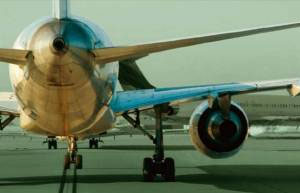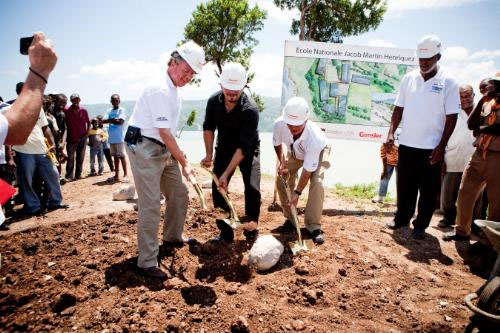How Honeywell Plans to Ensure Safer Flying
Tech player Honeywell is working with enhanced vision systems infrared technology integrated with synthetic vision on a test aircraft to develop the future version of the SmartView synthetic vision.
It is expected the blended synthetic vision and infrared technologies will provide pilots with even greater situational awareness at night or in low-visibility conditions.
This improvement could eventually challenge today’s taxi, takeoff and landing minimums and provide greater operating flexibilities, the company said today, Oct. 18.
Also Read:
Verizon to Offer 4G LTE in 38 Metropolitan Areas
New $240M Airport in Southern Caribbean
Shell, MIT to Work on Energy Tech Solutions
Tech Predictions for 2015 with IBM Survey
What Future Computers Can Do for You
In fact, safer takeoff, landing has become a major challenge for many airports in the world. Recently, SmarterTravel, a leading online travel resource, has released its list of the World’s Scariest Airports for takeoff and landing.
Highlights include limited visibility landings, inconveniently placed volcanoes, and runways formed when the tide goes out. (Read: Which are the World’s Top 10 Scariest Airports?)
Most tech-led companies are taking innovative steps to ensure travelers’ safety not only in the air, but also on the road.
Take automaker Lexus, for example. The company is working on an idea of a future car that will never have an accident. It is using an advanced driving simulator to enable its engineers to design technology that will help make driving safer. (Read: Can there be a No-Accident Car?)
And Mitsubishi Motors will host Mitsubishi Live Drive, which is claimed to be the world’s first online test drive of an actual vehicle utilizing interactive remote control of the company’s latest automotive creation, the all-new 2011 Outlander Sport. (Read: Online Test Drive with New Outlander Sport)
“I believe that Honeywell’s expertise in situational awareness and human factors work will result in improvements that will provide pilots the precise and reliable information to manage their aircraft as though they were in visual conditions even in the darkest and stormiest nights,” said Chad Cundiff, Honeywell Aerospace vice president of Crew Interface products.
Honeywell’s SmartView flight crew interface technology provides pilots with a clear depiction of the terrain and potential obstacles exactly as they would see them looking out the cockpit windscreen, regardless of outside weather conditions.
Integrating real-time forward-looking data from an infrared camera onto the SmartView display adds an advanced level of outside terrain details to improve the sense of motion, enhance detection of the runway environment at night and in bad weather to reveal obstacles in the plane’s path.
“Initial flight tests indicate pilots appreciate the addition of the infrared imagery on the flight display and it aids in detecting the runway lights and approach environment during reduced visibility flying,” Cundiff said.
“Enhancing the SmartView terrain database with the infrared sensor data adds real-time awareness of vehicles, other aircraft, or obstacles in the airport environment, further improving safety during low visibility approach, taxi and takeoff.”
Honeywell’s evaluation of the infrared display so far includes more than 20 hours of flight tests, more than 50 approaches in day and night instrument and visual flying conditions. Additional flight testing is occurring in October and in December, the company informs.
Honeywell’s SmartView display is based on the patented Enhanced Ground Proximity Warning System (EGPWS) terrain database with over 800 million flight hours of operation on commercial aircraft, business jets and helicopters.
Based in Phoenix, Arizona, Honeywell’s aerospace business is a leading global provider of integrated avionics, engines, systems and service solutions for aircraft manufacturers, airlines, business and general aviation, military, space and airport operations.
Photo courtesy: Honeywell





